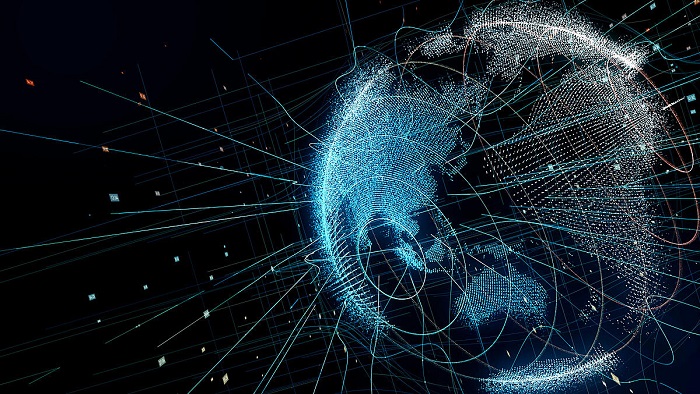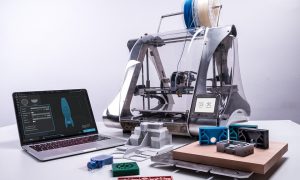Five technologies to transform distribution in the Middle East
Khaled AlShami, Infor vice president solution consulting, Middle East & Africa
Emerging technologies in the distribution industry are transforming the way goods are transported and delivered. These five innovations are making distribution processes more efficient, cost-effective, and sustainable.
- Drones and autonomous vehicles: One of the more interesting emerging technologies in the distribution industry is drones for last-mile delivery. Drones can deliver packages directly to customers’ doors and have the potential to revolutionize the distribution industry by reducing the need for ground-based transportation and enabling faster, more efficient delivery. Also, autonomous vehicles, such as self-driving trucks, can be used for the transportation of goods, reducing the need for human drivers, and improving the efficiency of the distribution process.
- Robotics and automation: Robotics and automation are being used to improve the efficiency and accuracy of warehouse operations, including the sorting and packaging of goods. Automation can perform the routine and mundane tasks your people would rather not do. The latest generations of warehouse robotics are designed to work collaboratively with people to make operations safer and more efficient. Reductions in movement and touches reduce injuries to your workforce and the risk of product damage. These touches and tasks can extend beyond the warehouse. Customer service, billing, and other routine rules-based tasks using structured data through robotic process automation (RPA) can also be improved. These technologies can help to reduce labor costs and improve the overall efficiency of the distribution process.
- Big Data: One of the most powerful emerging technologies in the distribution industry is the use of big data, analytics, and artificial intelligence (AI). By collecting and analyzing data on customer behavior, distribution companies can gain insights into the most efficient ways to transport and deliver goods. This information can help them to optimize routes and reduce the time and cost of distribution. Some potential ways in which these technologies can be used include: Optimizing routes, predictive maintenance, inventory management, sales recommendations, fraud detection, and customer service.
- Internet of Things (IoT): The integration of IoT is playing a vital role in the distribution industry. IoT technology enables distribution companies to monitor the condition and location of their goods in real time, providing them with valuable insights into the distribution process. This information can be used to optimize routes and improve the overall efficiency of the distribution process.
- Blockchain: Blockchain has the potential to transform the distribution industry in several ways including:
- Supply chain management: Blockchain can create an immutable record of the movement of goods through the supply chain. This can help with traceability, ensuring that goods are sourced ethically and sustainably, and reducing the risk of counterfeiting or fraud.
- Smart contracts: Blockchain-based smart contracts can automate many of the processes involved in distribution, such as the release of payment upon delivery or the automatic reordering of goods when inventory runs low.
- Asset tracking: Blockchain can track the location and status of assets as they move through the distribution network. This can help with planning and coordination and reduce the risk of loss or damage.
- Fraud prevention: The decentralized and immutable nature of blockchain makes it difficult to tamper with data, which can help to prevent fraud in the distribution industry.




























